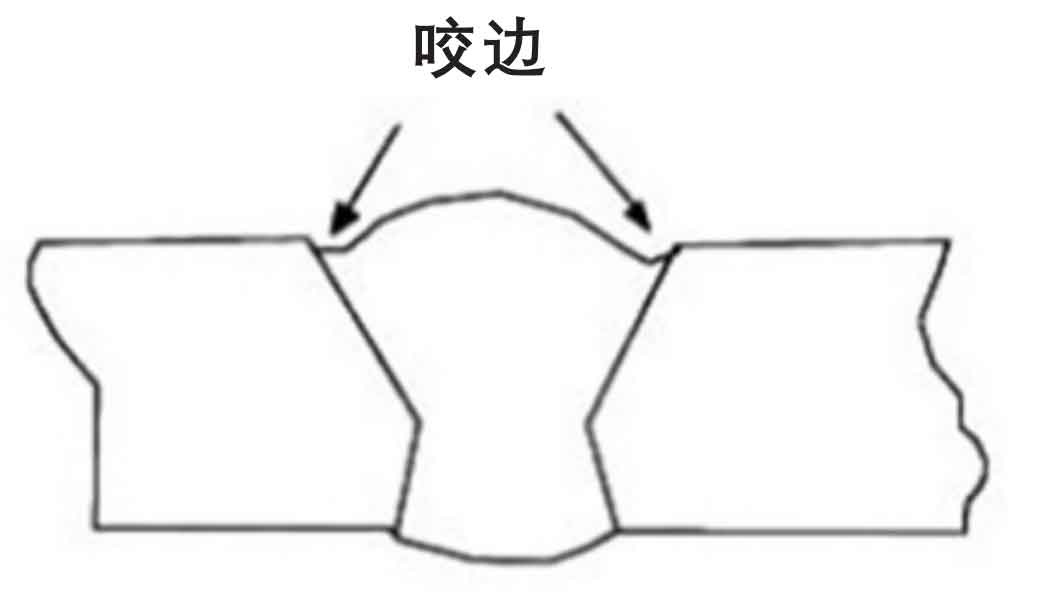Effective Ways to Prevent Weld Undercut in Your Welding Jobs
Grasping the Art of Welding: Just How to Prevent Undercut Welding Issues for Flawless Manufacture Results
Efficiency and accuracy are paramount in the globe of welding, where also the smallest flaw can jeopardize the structural stability of a fabricated piece. One common obstacle that welders face is undercutting, a flaw that can weaken a weld joint and lead to pricey rework. By comprehending the origin of undercut welding and carrying out reliable techniques to stop it, welders can boost their craft to new levels of quality (Preventing weld undercut). In the search of remarkable construction outcomes, understanding the art of welding to avoid undercut problems is not simply an ability yet a requirement for those pursuing excellence in their work.
Comprehending Undercut Welding

To avoid undercut welding, welders need to guarantee correct welding specifications, such as readjusting the present, voltage, travel rate, and preserving the correct electrode angle. In addition, using the proper welding strategy for the particular joint arrangement is crucial. Utilizing weaving activities or backstepping techniques can assist make certain proper weld metal deposition and decrease the possibility of undercut development. Normal evaluation of welds during and after the welding procedure is also important to capture any undercut early and make essential adjustments to stop additional flaws. Preventing weld undercut. By understanding the root causes of undercut welding and executing preventative actions, welders can achieve high-quality, structurally audio welds.
Reasons For Undercut in Welding
Comprehending the variables that add to undercut in welding is vital for welders to generate high-grade, structurally sound welds. Inadequate welding existing or incorrect welding speed can also add to damage. Comprehending these causes and executing correct welding techniques can assist protect against damaging issues, making sure long lasting and solid welds.
Techniques to avoid Undercutting

To minimize the threat of damaging in welding, welders can utilize calculated welding methods intended at improving the quality and integrity of the weld joints. Additionally, using the proper welding technique for the specific joint arrangement, such as weave or stringer grains, can contribute to decreasing damaging.
Using back-step welding methods and regulating the weld bead account can also assist disperse warm equally and minimize the threat of undercut. Regular examination of the weld joint during and after welding, as well as applying quality guarantee steps, can aid in identifying and resolving damaging issues without delay.
Relevance of Appropriate Welding Specifications
Choosing and preserving appropriate welding criteria is crucial for attaining successful welds with very little flaws. Welding criteria refer to variables such as voltage, present, travel speed, electrode angle, and securing gas circulation price that directly impact the welding process. These specifications should be meticulously adjusted based on the kind of product being bonded, its thickness, and the welding technique used.
Correct welding criteria ensure the correct amount of heat is put on thaw the base metals and filler product evenly. If the criteria are established also high, it can lead to excessive warmth input, causing distortion, spatter, or burn-through. On the other hand, if the parameters are too low, insufficient blend, absence of penetration, or undercutting may take place.
Top Quality Assurance in Welding Workflow

Final Thought
In conclusion, understanding the art of welding needs a detailed understanding of undercut welding, its reasons, and techniques to prevent it. By making certain appropriate welding parameters and applying high quality assurance techniques, flawless construction results can be accomplished. It is necessary for welders to consistently pursue excellence in their welding operations to avoid undercut concerns and create top quality welds.
Undercut welding, an usual flaw in welding processes, happens when the weld metal does not properly fill up the groove and leaves a groove or depression along the bonded joint.To avoid undercut welding, welders need to make sure correct welding specifications, such as readjusting the current, voltage, traveling speed, and preserving the correct electrode angle. my explanation Insufficient welding existing or incorrect welding speed can additionally contribute to damage.To minimize the risk of damaging in welding, welders can employ calculated welding strategies aimed at improving the high quality and honesty of the weld joints.In conclusion, understanding the art of welding requires a detailed understanding of undercut welding, its causes, and methods to use this link avoid it.